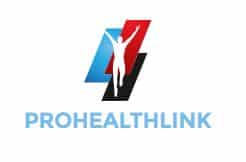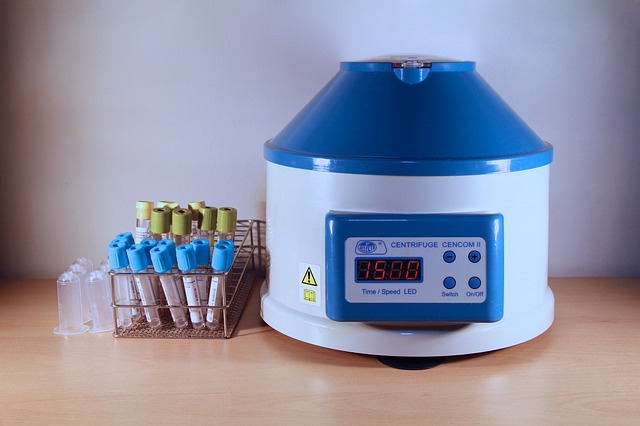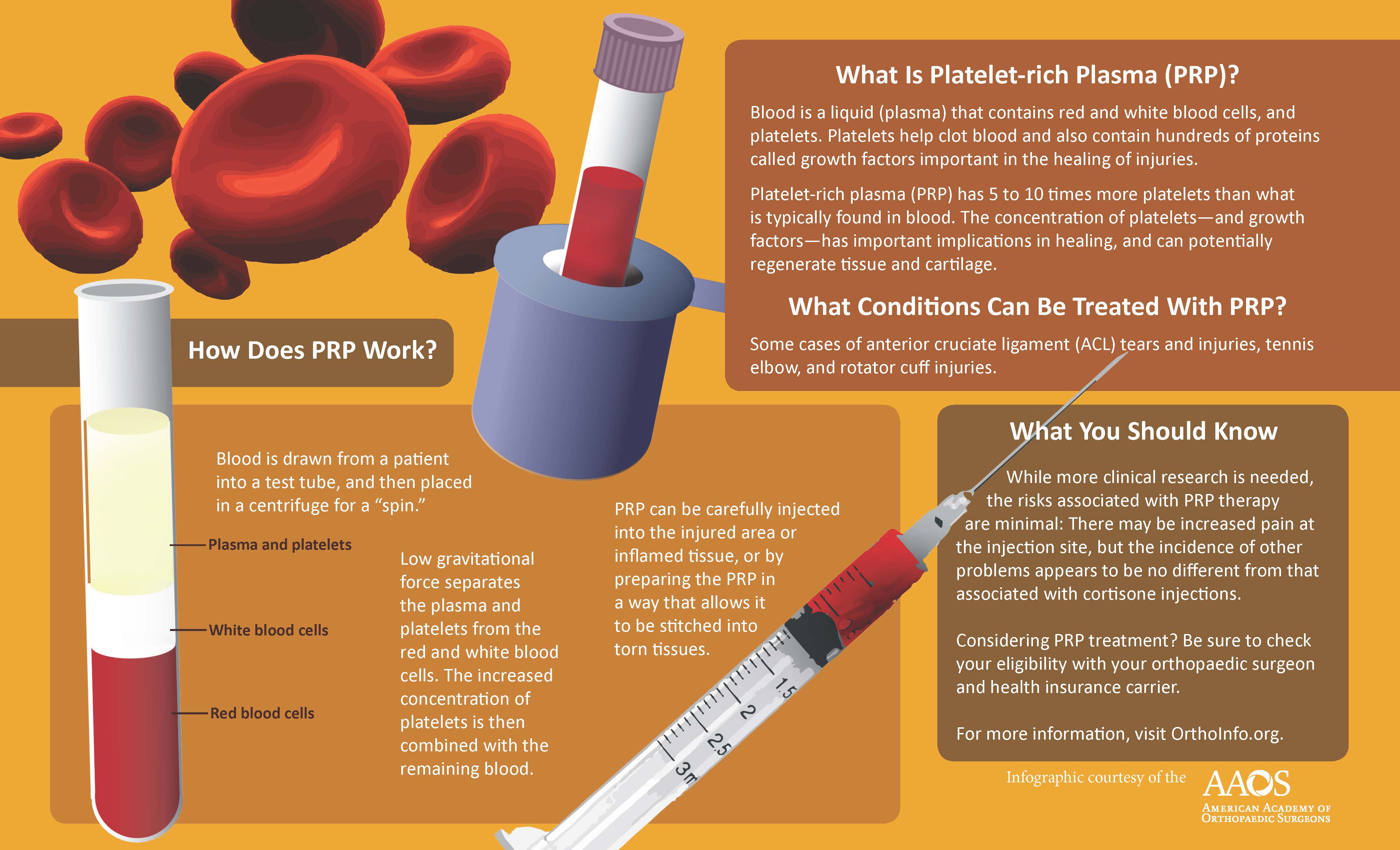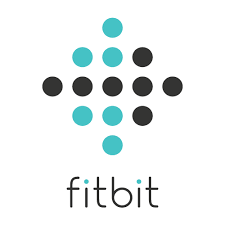Table of Contents
What is PRP Injection For Injury?
What is PRP Injection For Injury? – Platelet-rich Plasma (PRP) therapy is an emerging technique in treatment that speeds healing using the body’s natural healing power. It is an advanced non-surgical treatment option that is showing exciting success with conditions such as:
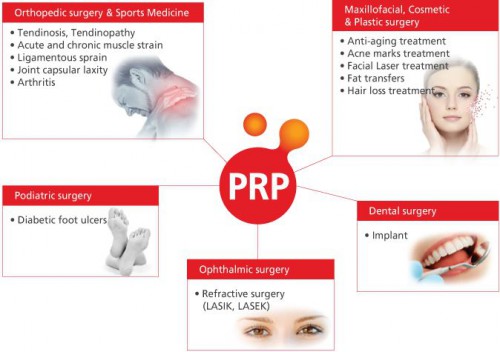
Osteoarthritis of the knee, shoulder, spine and hip
Chronic plantar fasciitis
Rotator cuff tears
Pelvic pain and instability
Tennis elbow
Ligament Sprains
Tendonitis
Anterior cruciate ligament (ACL)
Doctors have also injected PRP into the scalp to prevent hair loss and promote hair growth. Numerous studies continue to evaluate the effectiveness of PRP therapy and its potential use in other areas of medical treatment.
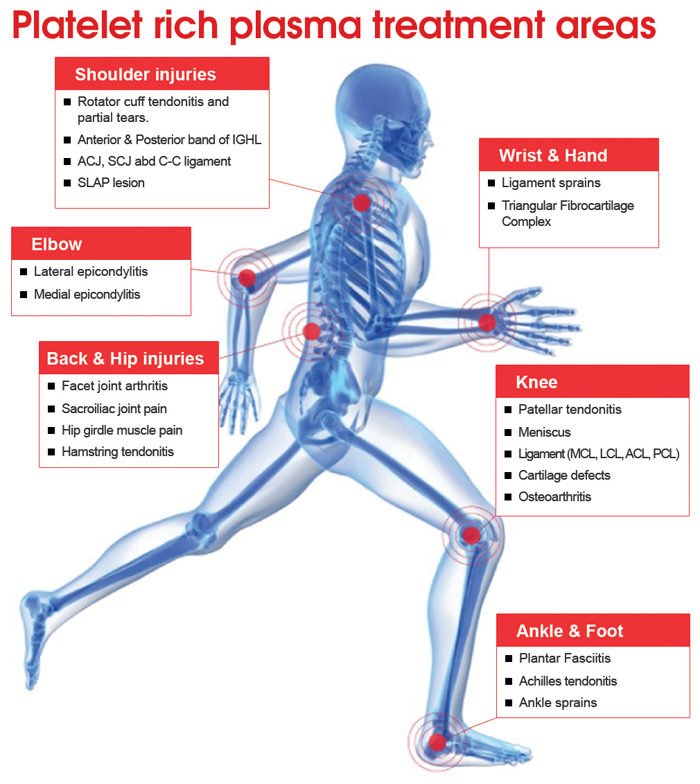
How does PRP work?
An incompletely healed or chronic condition is often identified by excessive scar tissue within the ligament/tendon.
This may result in a higher susceptibility to re-injury, impaired joint function or complete disruption of the ligament or tendon. One of the major reasons for a slow or aborted healing process is the poor supply of blood to the site of the injury.
Most tendons have a poor supply of blood and are often the site of chronic scaring or microscopic tears, which gives the body a hard time healing these structures naturally.
PRP initiates a renewed healing response which is further augmented by a higher concentration of healing factors contained within the PRP.
What is the science behind PRP?
Platelets are the body’s main clotting agent but they also contain essential growth factors that help to repair. Platelets are the body’s main clotting agent but they also contain essential growth factors that help to repair injured tissue.
Growth factors secreted by platelets stimulate recovery by enhancing the proliferation of tendon stem cells, increasing collagen production and tenocyte-related protein and gene expression.
Growth factors also cause cartilage to become firmer and more resilient and stimulate blood flow. PRP activates the quick proliferation of tenocytes and production of collagen to repair injured ligaments, tendons, muscles and cartilage.

What is PRP Treatment:
PRP treatment starts with a small amount of blood being drawn from a patient, usually about the same amount that would be needed for a routine blood test.
Next, the platelets are separated from the other blood cells using a suitable method, usually a centrifuge. The process creates a solution of concentrated platelets with growth factors that enhance the healing process. Then, the solution is injected into the injured area to promote faster healing.
Doctors will often use imaging, such as ultrasound or x-ray guidance to ensure precise and safe placement of PRP in extremities or sensitive areas such as the spinal cord.
How are PRP injections administered?
The injection process would normally take about an hour or two, including the creation of the PRP. The number of injections varies depending on the individual conditions of each patient but most therapies will involve between two and six injections administered over a particular period.
Generally, PRP injections are not painful, but a patient may experience some discomfort depending on the part of the body under treatment. For example, injections to the joint may lead to minimal discomfit which can be minimized with over the counter painkillers such as Tylenol.

The Benefits of PRP injection
Several studies have helped to further the science and understanding behind the increasing popularity of PRP therapy and its continued development. The treatment therapy has become popular for reducing downtime in athletes while also reducing the risk of injury or serious re-injury that may require surgical intervention or result in permanent disability.
PRP may also help to promote post-surgical healing for some injuries. For instance, someone with a heel cord that is either severely damaged or completely torn may require surgical intervention. Doctors can help to improve healing by treating the area with PRP during surgery.
One of the major benefits of PRP therapy is that it is a safe treatment option with minimal to no risk of an allergic reaction because the therapy uses your own blood. However, as is the case whenever a needle is placed in the body, there is a rare risk of bleeding, infection, or nerve damage.
What is the expected recovery time after PRP injections?
The expected recovery time for PRP treatment varies widely depending on several factors. Most patents will begin to see signs of improvement through increased function or reduced pain within three to six weeks after injection.
Doctors will also advise patients to avoid overloading the injected tissues, avoid intense physical activity or continue a course of prescribed physical therapy in the weeks following injections. The main idea is to provide the best conditions and provide sufficient time for proper healing.
Factors that can influence the effectiveness of the therapy include:
The area of the body under treatment.
The state of the injury —whether chronic (and injury developing over time) or acute (such as from a fall).
Doctors will recommend resting the affected area after PRP injections following an injury.
However, such recommendations are not related to the PRP injections as much as the injury itself. Most people will have an easy time getting back to their daily activities following PRP injections.
How much does PRP cost?
The cost of PRP therapy will vary from location to location and the purpose of the injections. Various reports have varying figures. PRP treatments for hair loss would cost about $900 for one treatment.
PRP injection knee tendonitis, which is increasingly more common, may cost anywhere from $500 to $1200 per treatment.
The Future of PRP Therapy
Proponents of PRP therapy believe it is ideal for conditions such as the chronic or incomplete degeneration and tears of extra-articular tendons and ligaments. More studies will help to determine the best protocol and use of PRP therapy, but it’s recent use by popular athletes and sports professionals show a promising future for PRP.
Many famous athletes have received PRP therapy for various problems ranging from chronic tendon injuries to sprained knees. Some athletes have even credited PRP with being able to return more quickly to competitive sports.
PRP therapy holds the potential for providing a treatment option for debilitating injuries, healing previously problematic chronic injuries and also serving as a potential alternative to surgical intervention.
What are the side outcomes of PRP?
Because PRP includes injecting a substance into the skin, there are potential aspect outcomes. PRP is autologous, this means that it includes substances that come immediately from your personal body. This reduces the dangers for an allergic reaction that can occur from injecting other medications, consisting of cortisone or hyaluronic acid. However, there are risks from the injection itself, including:
infection
nerve injuries
pain at the injection site
tissue damage
How do you preplan for PRP injections?
Generally speaking, there are few steps to getting equipped for PRP injections.
However, PRP can be injected in unique ways. For example, on occasion a topical numbing lidocaine is carried out for your scalp earlier than injection. You must arrive early to a consultation for this to be applied.
Other times, a nearby anesthetic is mixed with the PRP to lessen any discomfort. Sometimes, your medical doctor will inject or observe PRP at some point of a surgery. In this instance, pre planning for PRP injections would comprise following your surgeon’s suggestions presurgery.
Relationship to stem cell remedy?
Stem cells are ordinary cells that don’t but have a job. In theory, they can become what we need them to be, that’s a potentially powerful device in medicine. Stem mobile therapy is a broad idea in regenerative medication, and it’s far a warm hot warm topic proper now.
Stem mobile therapy is same in spirit to the other two predominant regenerative therapies in musculoskeletal and pain medicinal drug: platelet-wealthy plasma and autologous chondrocyte implantation. But neither PRP or ACI is technically a stem cellular therapy — they use mature, specialised cells, so they may be just cell cures.
But regeneration is the aim of all of those methods, and the subject of stem mobile remedy overlaps so much with PRP and ACI that they’re almost the equal factor regards to safety, efficacy, and the issues of skeptical consumers and regulators. They are biologically intriguing treatments that would amount to something someday — after all, we realize regeneration is possible, way to salamanders! — however it’s a depressing mess so far, in place of being inspiring and promising. These remedies are all being rushed to market inside the equal way, all sold as high-tech remedy to desperate consumers long earlier than the science is done.
Why platelets?
Platelets are the fundamental clotting tool to your blood, and they are curious critters, neither cells nor molecules, but a odd hybrid frequently called “cell fragments”: platelets are to blood cells what wooden chips are to a log … if the chips were extraordinarily clever. Platelets have a gaggle of exciting biological features, however they’re great acknowledged for his or her paintings in clotting — and that’s particularly what offers them that recuperation mystique.
There are endless biochemical factors that regulate recovery — it’s complex, to say the least. Platelets are a part of that equation, playing “a crucial function in tissue repair and regeneration”; particularly they “regulate essential mechanisms concerned in the healing process including mobile migration, proliferation, and angiogenesis.”four Since they’re involved in recuperation, more of them ought to be good, proper?
What is primary intent for PRP.
In fact, PRP is regularly called “regenerative remedy,” due to the fact the idea of honestly accelerated healing is so tantalizing, happy science fiction. But it’s greater marketing than biology, marvel surprise.five You should probably talk people into consuming a platelet smoothie in case you instructed them it would “regenerate” them.
Turmeric Curcumin for Dogs – with 95% Curcuminoids for Hip & Joint + Arthritis Support – Digestive & Mobility + Immune…
Deliciously Good Joint & Digestive Support - Zesty Paws Turmeric Curcumin Bites are tasty chewables that can help any dog get the boost they need to feel their best for years to come. Our blend of natural and organic ingredients offer a variety of benefits that promote joint health, proper digestive function, immune support and pain relief for arthritis pain and discomfort.
How Turmeric & Curcumin Helps Dogs Thrive - Our duck-flavored formula contains 400 mg of Organic Turmeric and 200 mg of Curcumin to award your pet with anti-inflammatory properties that relieve discomfort associated with joint pain and arthritis, as well as protecting the digestive and immune system.
The Results Will Make You a BioPerine® Believer - This game-changing ingredient is sourced from Organic Black Pepper to help pets absorb nutrients better to get the most nourishment possible from this supplement, while also keeping the GI tract healthy.
Price: $52.99
